How to Prepare for a Local Fence Installation
Installing a fence is a significant yet rewarding project for any homeowner looking to add privacy, security, and aesthetic appeal to their property. However, before deciding to install a fence, you must ensure that you are fully prepared for the process. In this blog post, we'll guide you through the essential steps to take before installing a local fence, from initial planning to final touches.
1. Research Local Regulations and Permits
Your first step should be to investigate the local regulations and permitting requirements in your area. Many municipalities have specific rules regarding fence height, material, and placement. Be sure to contact your local zoning office or homeowner's association to gather pertinent information and obtain any necessary permits. Skipping this step could result in fines or even the removal of your newly installed fence.
2. Determine Your Budget
Establishing a budget early on will help you make informed decisions and avoid unexpected costs. According to Forbes, a privacy fence costs an average of $22 per linear foot. Calculate the total length of the fencing required and then multiply by the average cost to estimate your overall expenditure. Additionally, remember to account for extra costs such as gate installation, grading, or post-setting.
3. Choose the Right Materials
The materials you choose for your fence will significantly impact both the appearance and durability. Common options include wood, vinyl, aluminum, and chain-link. Each material comes with its own set of advantages and disadvantages. For instance, wood offers a classic look but requires regular maintenance, whereas vinyl is low maintenance and more expensive initially. Consider your long-term goals and maintenance preferences when making your selection.
4. Plan Your Layout
Once you have determined your budget and chosen your materials, it's time to plan the layout of your fence. Use a measuring tape and stakes to outline where the fence will be installed. Mark the placement of posts, gates, and corners to help visualize the final product. Planning the layout will not only ensure that you have enough materials but also help you avoid potential issues with neighboring properties.
5. Know the Positives of Professionals
Deciding whether to hire a professional or take the DIY route is another critical consideration. While installing a fence yourself may save money upfront, it can also be time-consuming and physically demanding. Hiring a professional may be the better option. Professional installers typically provide warranties for their work, offering you peace of mind and often a more polished result.
6. Consider the Purpose of Your Fence
Before finalizing your plans, it's crucial to clearly define the primary purpose of your fence. Are you installing it for privacy, security, keeping pets and children safe, or simply for decorative purposes? Understanding the fence's main function will help you choose the appropriate style and height. For example, a privacy fence typically needs to be at least six feet tall and constructed with solid panels, while a decorative fence can be shorter and more open. Additionally, if you're looking for a security fence, you may want to consider materials like wrought iron or aluminum, which provide strength and durability without sacrificing aesthetics.
7. Check for Underground Utilities
Before any digging begins, it's essential to check for underground utilities such as gas, water, electrical lines, or sewage pipes. Contact your local utility companies or use the national "Call Before You Dig" service to mark any underground utilities in your yard. Not only will this prevent potential damage and costly repairs, but it also ensures the safety of everyone involved in the installation process. Accidentally hitting a utility line can result in service disruptions, fines, or even dangerous accidents.
8. Factor in Maintenance Requirements
Maintenance is another vital consideration when planning your fence installation. Different materials require different levels of care. For example, wooden fences may need staining or painting every few years to protect them from weathering, while vinyl and aluminum fences typically require minimal upkeep. Understanding the maintenance requirements beforehand can help you choose a material that aligns with the amount of effort you're willing to invest in the long-term care of your fence.
Preparing for a local fence installation involves conducting thorough research, accurately determining your budget, selecting the right materials, planning your layout, and deciding whether to hire a professional. By taking these steps, you can ensure a smooth and successful fencing project that adds value and beauty to your property. With careful planning and thoughtful decisions, your new fence will serve its purpose and enhance your home's curb appeal for years to come. Be sure to reach out to E&D Fencing today to schedule your local fence installation!
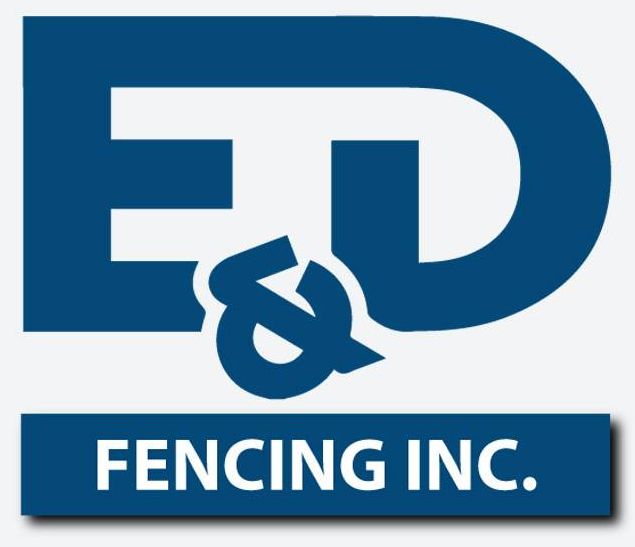

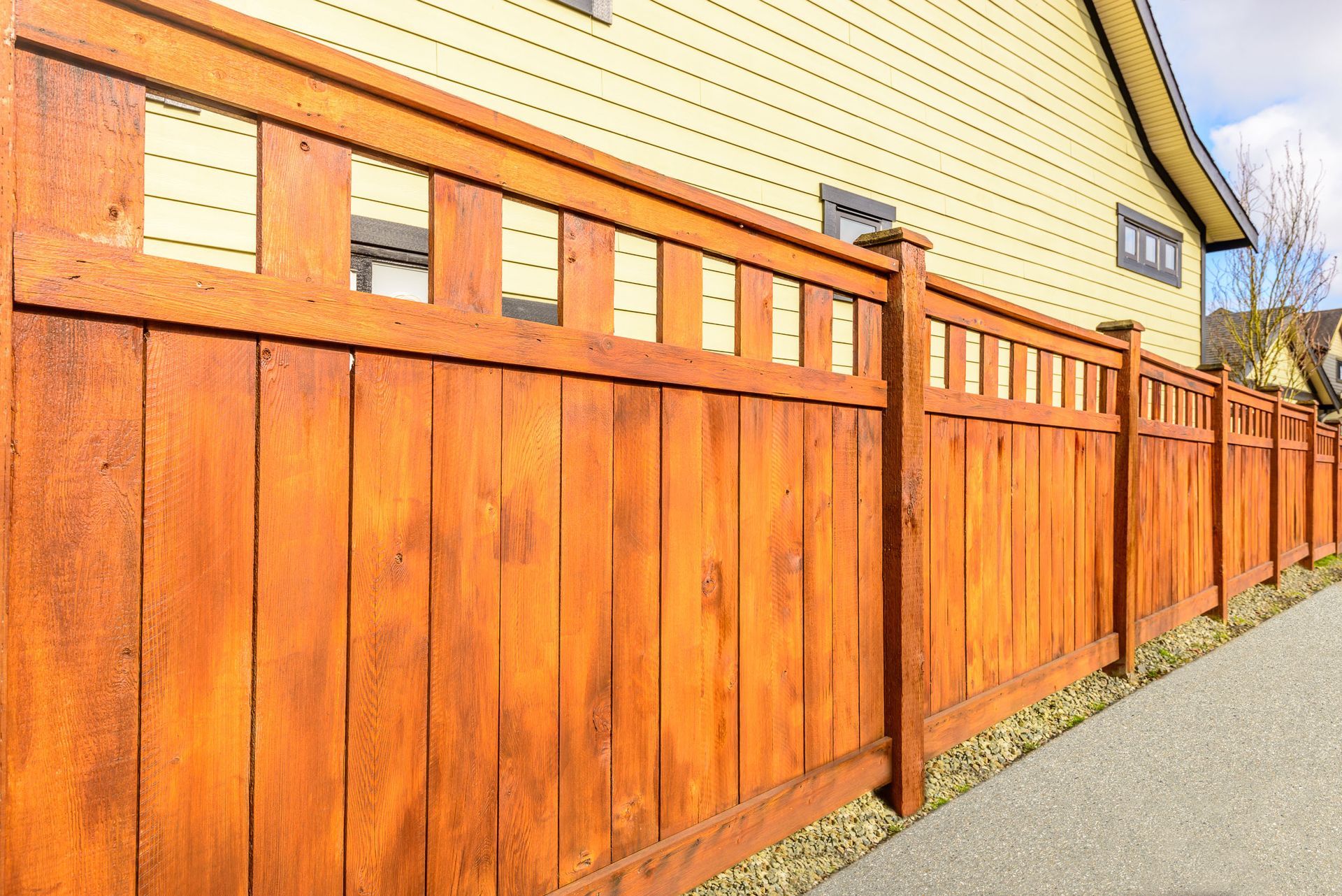
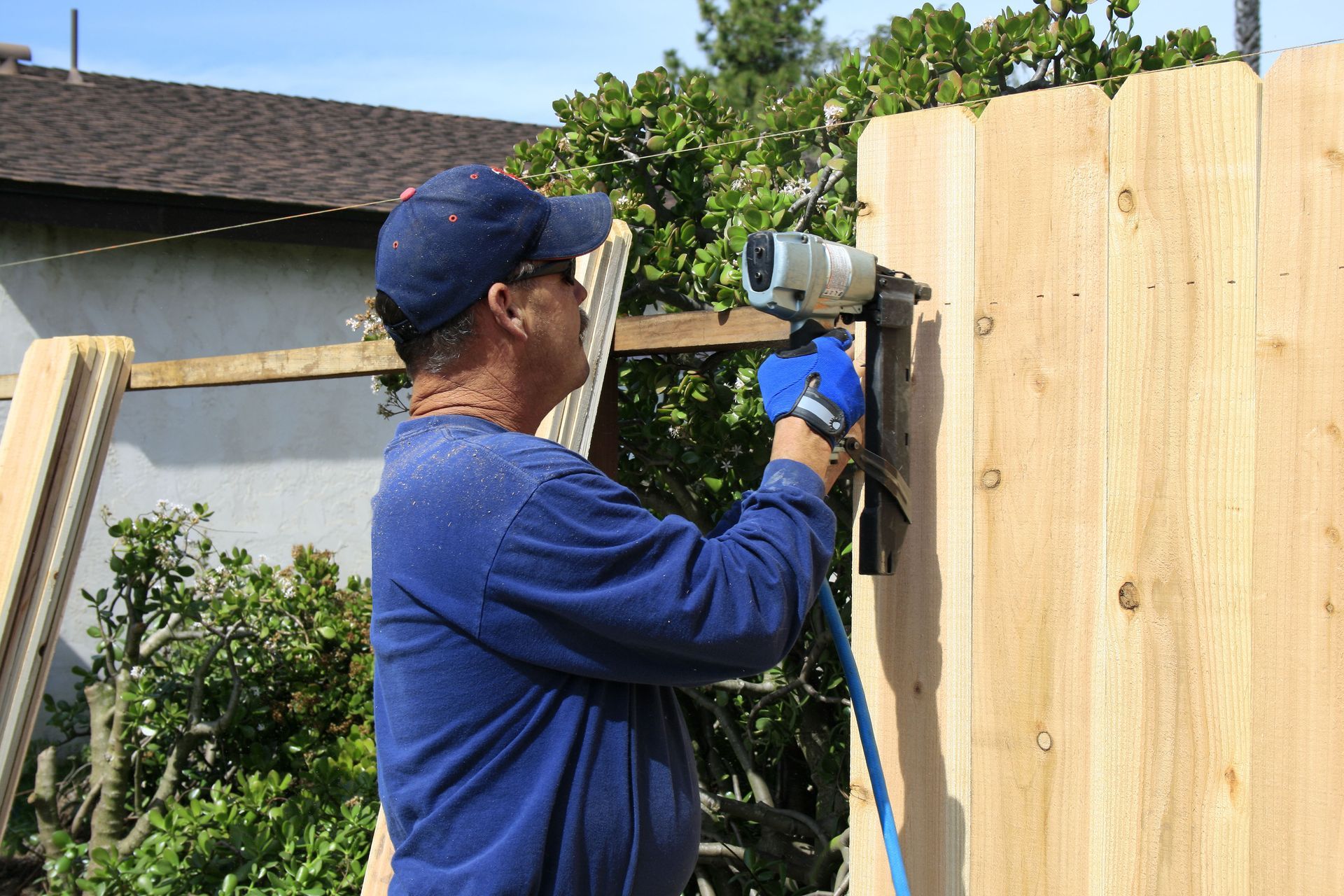
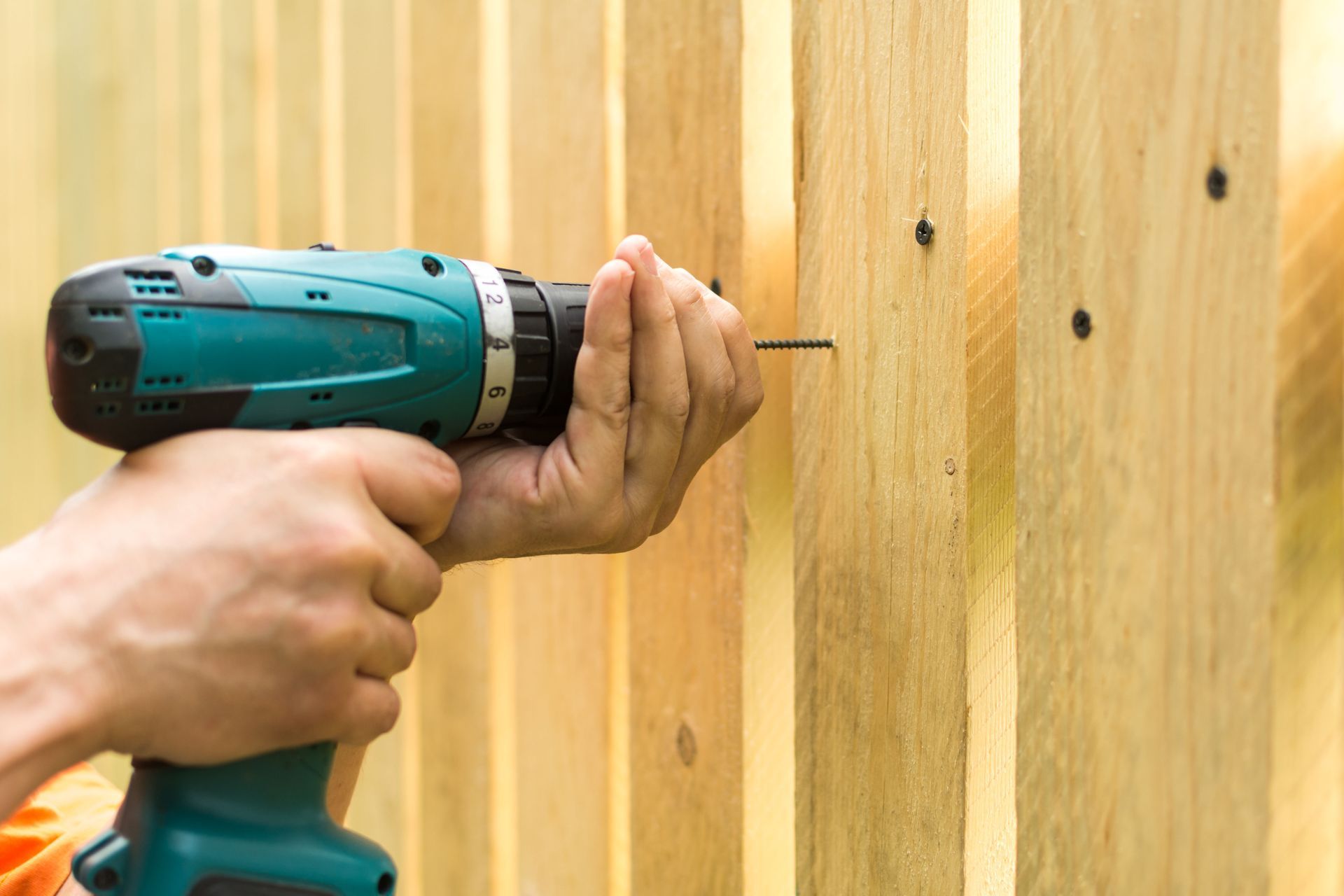
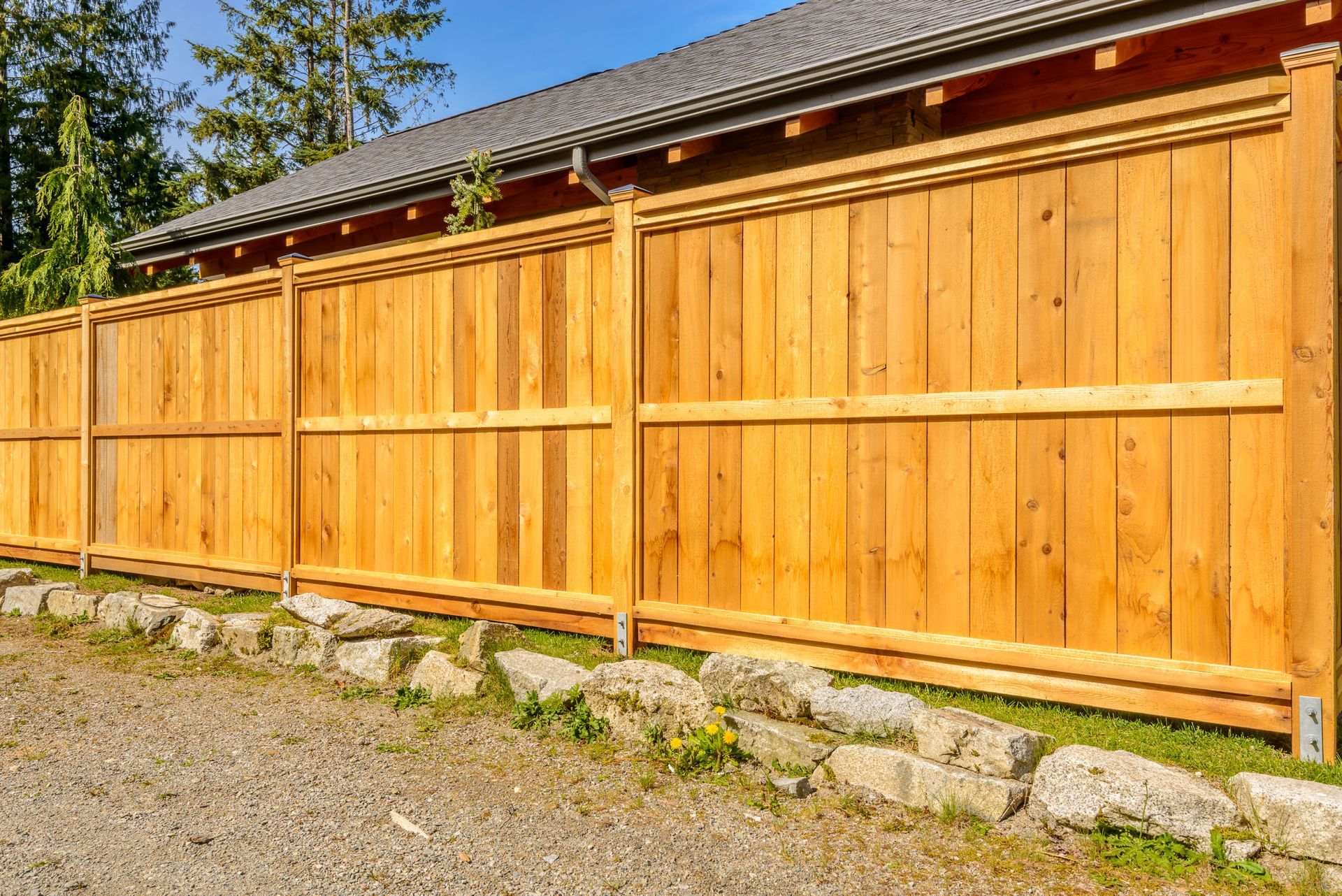
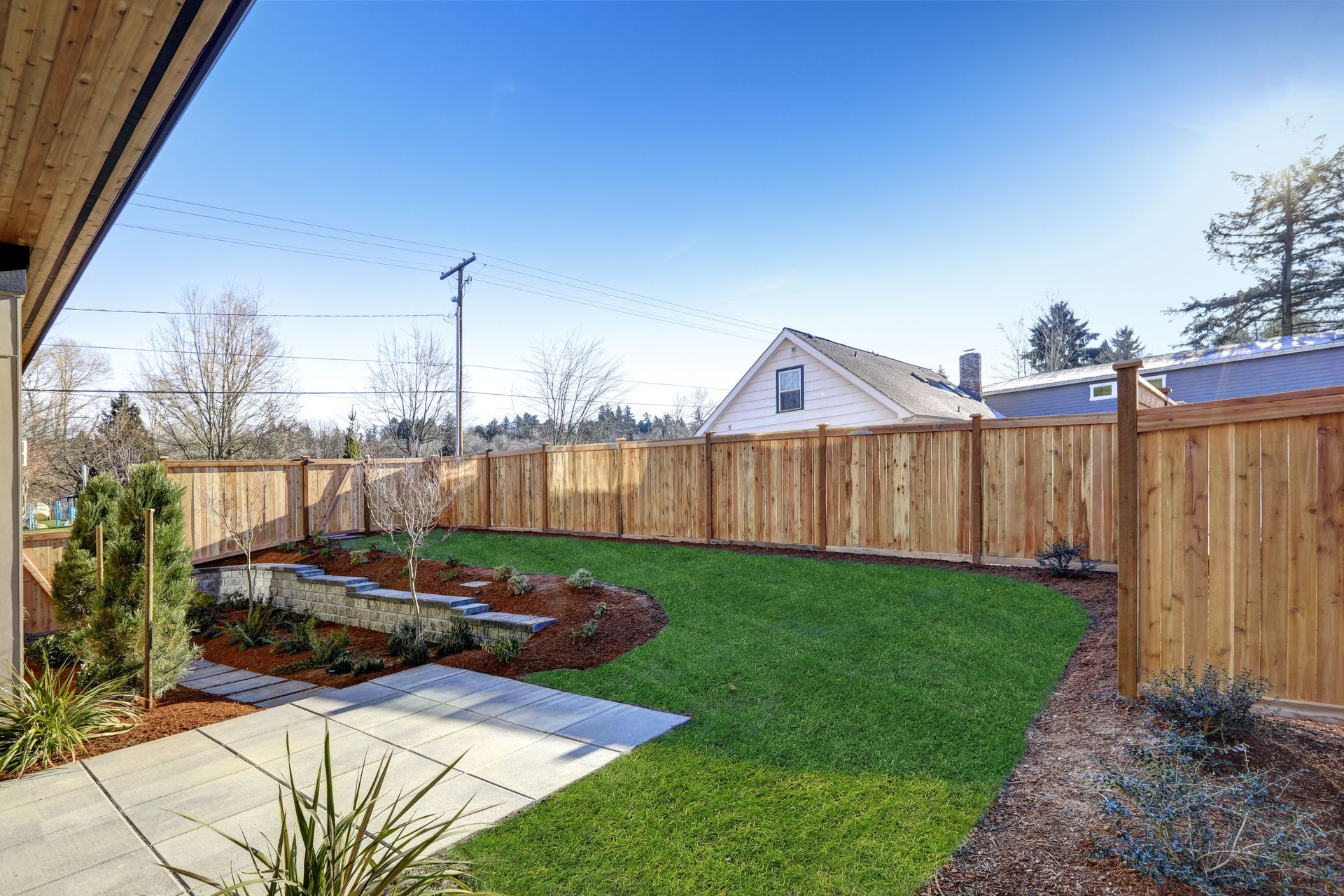
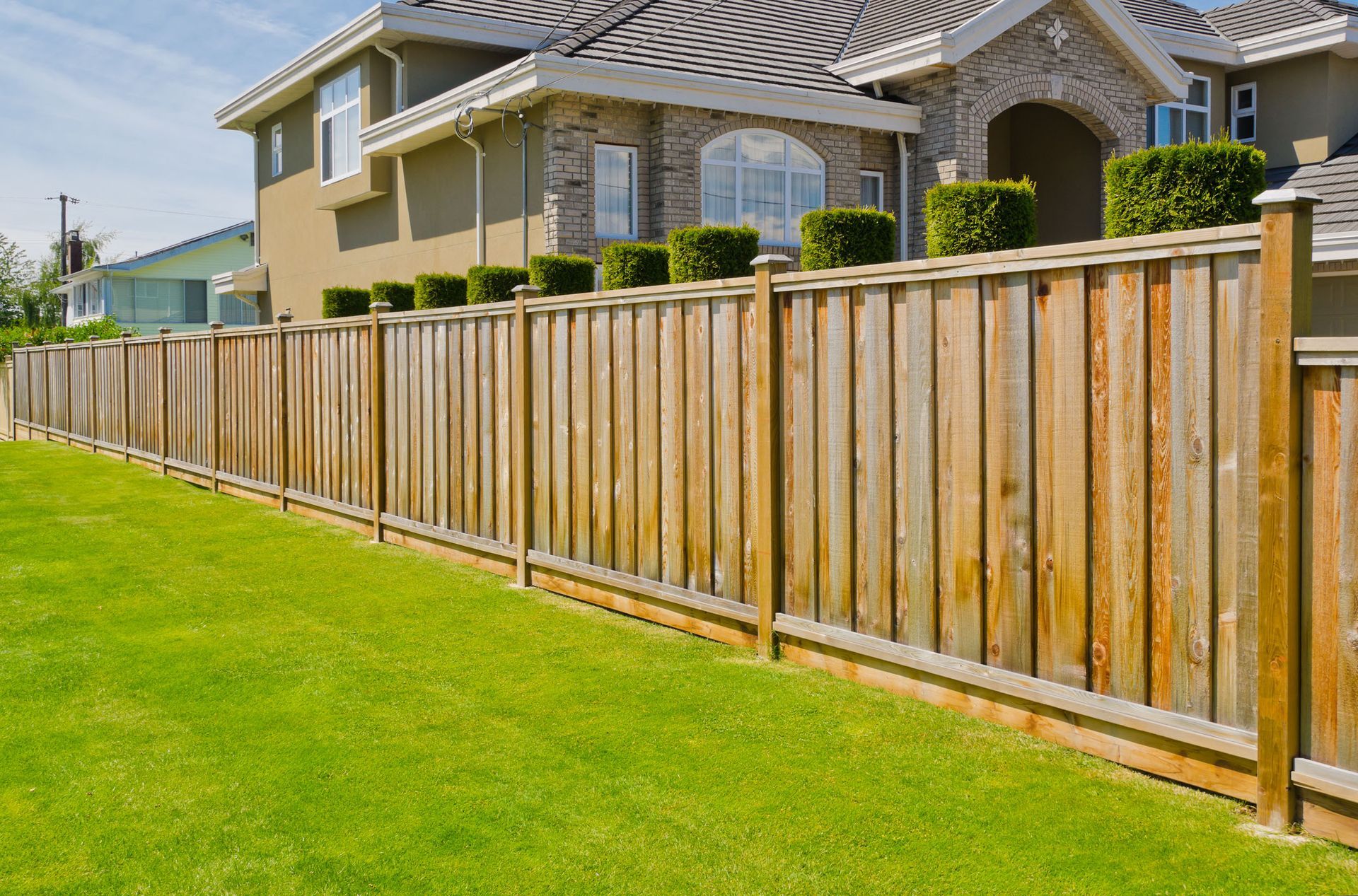
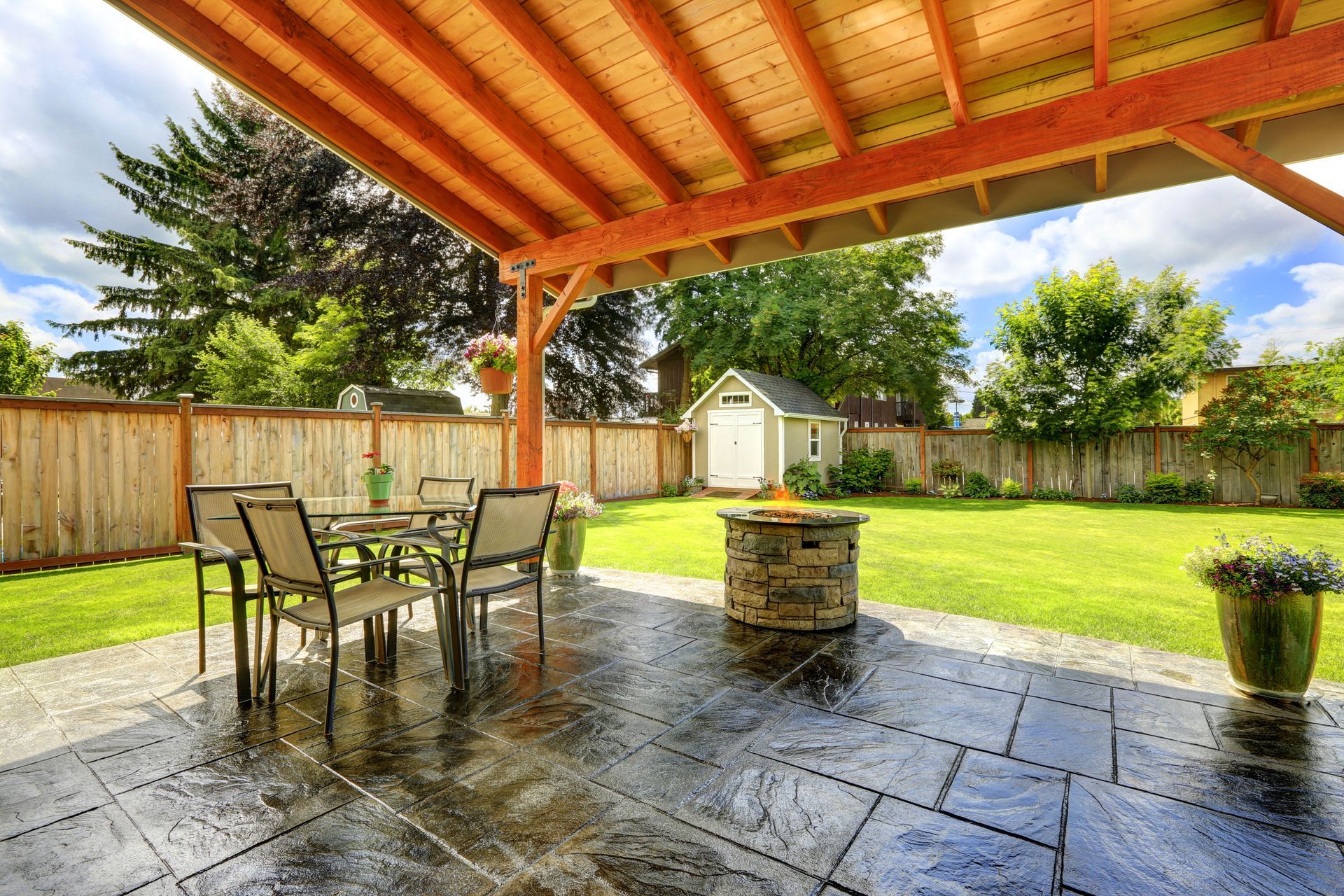
Share On: